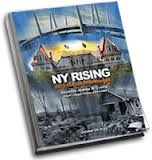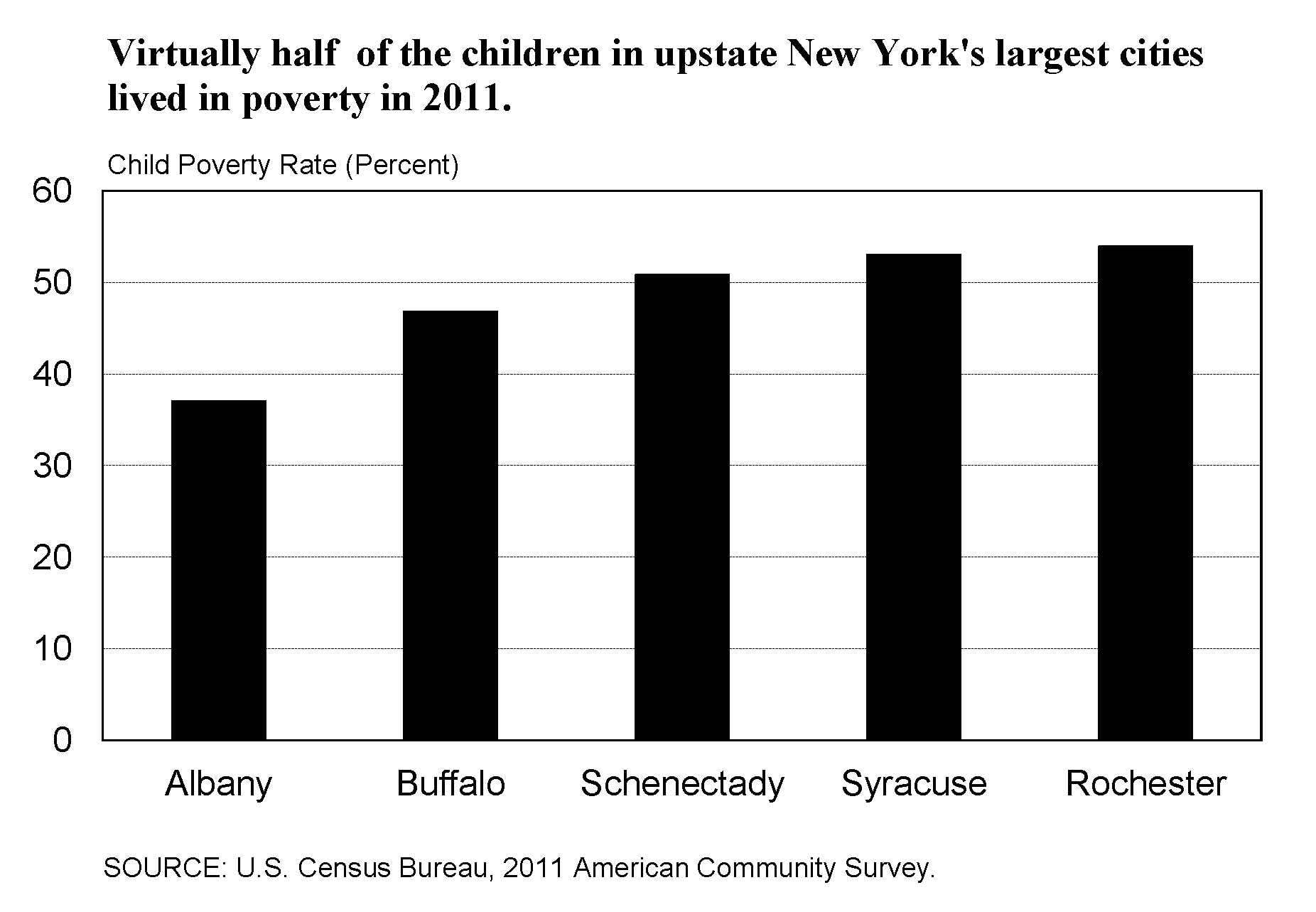Safe Patient Handling in New York State: An Estimate of the Costs and Benefits of Statewide Implementation
June 13, 2013. Nurses and other health care workers have among the highest rates of on-the-job injuries in New York as a result of moving and lifting patients. This report considers what can be done to reduce patient handling injuries in New York. A number of hospital and nursing home facilities around the country have invested in patient handling equipment that significantly reduces the physical strain on health care practitioners. This equipment results in considerable cost savings in reduced lost work time, reduced turnover and lower workers compensation costs, and means that the [...]




